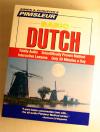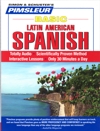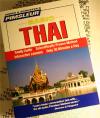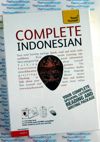Teach Yourself Complete Dutch - 2 Audio CDs and Book -Learn to Speak Dutch
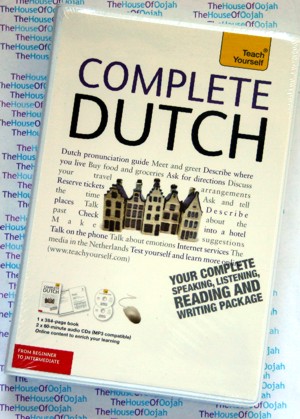
Teach Yourself Complete DutchBook and 2 Audio CDsOther Dutch Language Learning Audio Book CDs Click here |
 |
Teach Yourself Complete Dutch - 2 Audio CDs and Book2 Cds and 384 page Book Are you looking for a complete course in Dutch which takes you effortlessly from beginner to confident speaker? Whether you are starting from scratch, or are just out of practice, Complete Dutch will guarantee success! Now fully updated to make your language learning experience fun and interactive. You can still rely on the benefits of a top language teacher and our years of teaching experience, but now with added learning features within the course and online.The course is structured in thematic units and the emphasis is placed on communication, so that you effortlessly progress from introducing yourself and dealing with everyday situations, to using the phone and talking about work. By the end of this course, you will be at Level B2 of the Common European Framework for Languages: Can interact with a degree of fluency and spontaneity that makes regular interaction with native speakers quite possible without strain for either party. Learn effortlessly with a new easy-to-read page design and interactive features: NOT GOT MUCH TIME? AUTHOR INSIGHTS GRAMMAR TIPS USEFUL VOCABULARY DIALOGUES PRONUNCIATION TEST YOURSELF EXTEND YOUR KNOWLEDGE TRY THIS Table of Contents: About the Dutch LanguageDutch is a West Germanic language spoken by around 24 million people, mainly in the Netherlands, Belgium and Suriname, but also by smaller groups of speakers in parts of France, Germany and several former Dutch colonies. It is closely related to other West Germanic languages (e.g., English, West Frisian and German) and somewhat more remotely to the North Germanic languages. Dutch is a descendant of Old Frankish and is the parent language of Afrikaans, one of the official languages of South Africa and the most widely understood in Namibia. Dutch and Afrikaans are to a large extent mutually intelligible, although they have separate spelling standards and dictionaries and have separate language regulators. Standard Dutch (Standaardnederlands) is the standard language of the major Dutch-speaking areas and is regulated by the Nederlandse Taalunie ("Dutch Language Union"). Dutch is also an official language of the European Union and the Union of South American Nations. Dutch grammar also shares many traits with German, but has a less complicated morphology caused by deflexion, which puts it closer to English. Dutch has officially three genders, masculine, feminine, and neuter, however, according to some interpretations these are reduced to only two, common and neuter, which is similar to the gender systems of most Continental Scandinavian languages. The consonant system of Dutch did not undergo the High German consonant shift and has more in common with English and the Scandinavian languages. Like most Germanic languages it has a syllable structure that allows fairly complex consonant clusters. Dutch is often noted for the prominent use of velar fricatives (ch and g, pronounced at the back of the mouth), often picked up on as a source of amusement or even satire. Dutch vocabulary is predominantly Germanic in origin, considerably more so than English. This is to a large part due to the heavy influence of Norman French on English, and to Dutch patterns of word formation, such as the tendency to form long and sometimes very complicated compound nouns, being more similar to those of German and the Scandinavian languages. |
Teach Yourself Complete Dutch - 2 Audio CDs and Book |

 0 Items (Empty)
0 Items (Empty)
